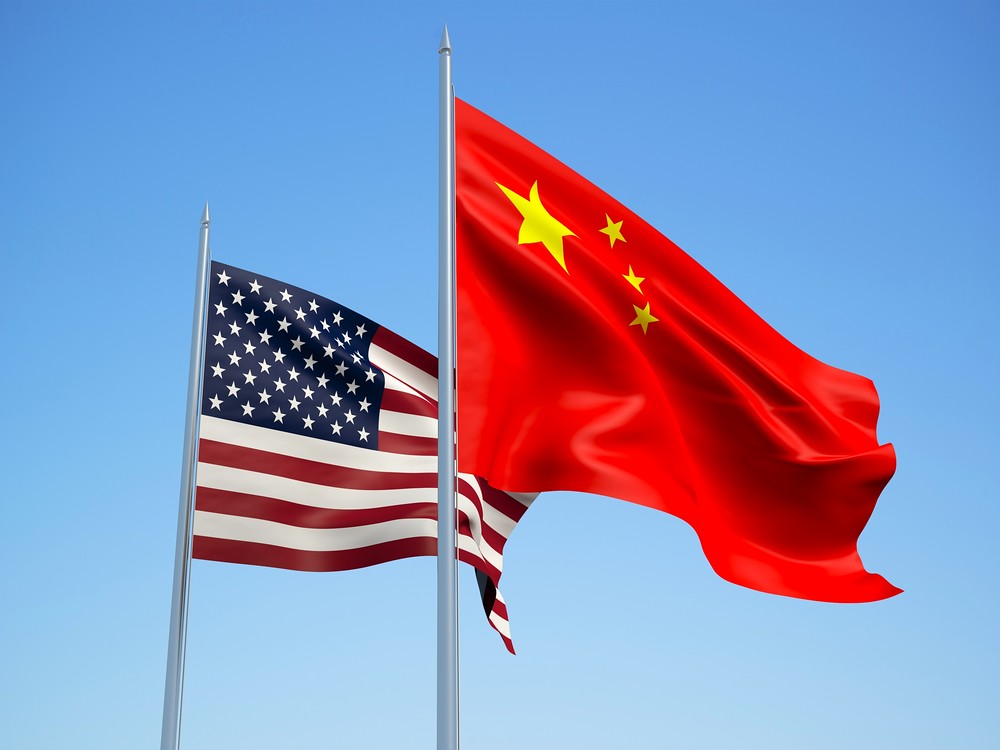 US and Chinese flags side by side; the US may sit out this year’s World Health Assembly while China sends over 180 delegates to Geneva.
US and Chinese flags side by side; the US may sit out this year’s World Health Assembly while China sends over 180 delegates to Geneva.The United States appeared set to skip this year’s World Health Assembly at a historic moment – when other WHO member states are expected to agree to a Pandemic Accord, that has been nearly three years in the making.
A provisional list of WHA delegates, published late Sunday night by WHO, included no reference at all to a US delegation.
China, meanwhile, will be sending what may be the largest-ever contingent to the Assembly, which runs from 19-27 May. The list of China’s 180+ delegates includes not only dozens of senior and mid-level experts from Ministry of Health and Centers for Disease Control, but also leading academics and experts from universities across the country.
Former WHO Legal Counsel, Gian Luca Burci, drew the contrast at a WHA preview session Sunday, co-hosted by the Geneva Graduate Institute and the UN Foundation.
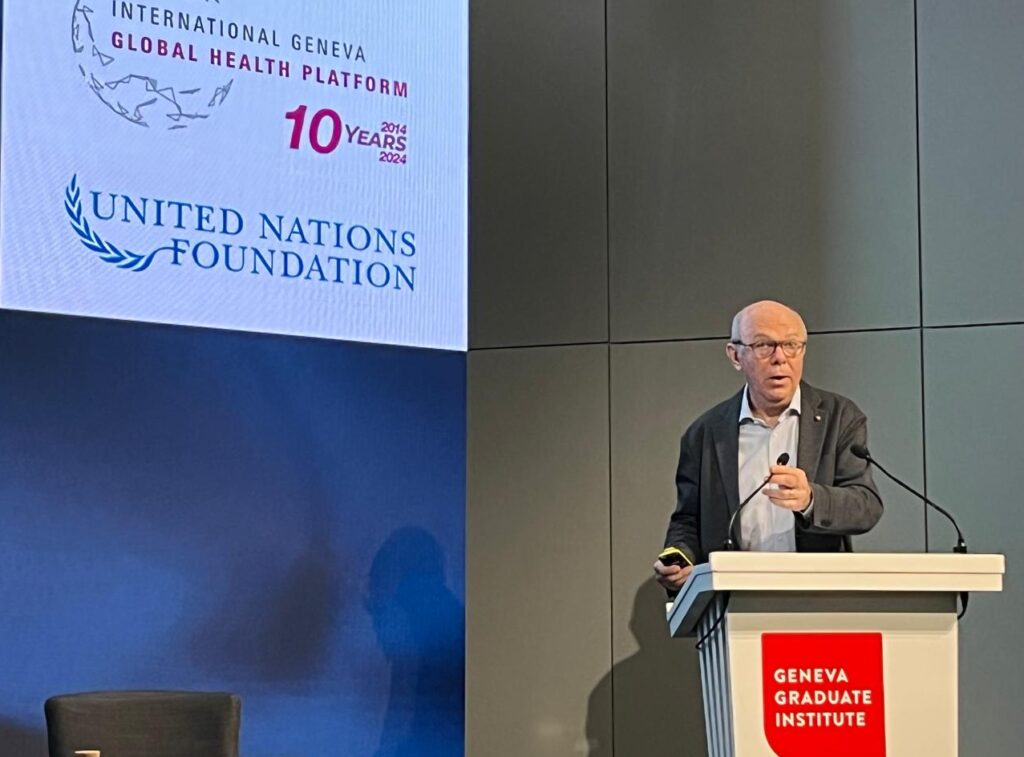 Geneva Graduate Institute legal expert Gian Luca Burci, a former WHO chief legal counsel.
Geneva Graduate Institute legal expert Gian Luca Burci, a former WHO chief legal counsel.“It would be the first WHA since 1948, without the USA,” he said, if there is no last-minute reversal in position. Meanwhile, the dispatch of such a large Chinese delegation to Geneva is not only a display of global health prowess but “a big logistic achievement,” Burci said, “although apparently China always has a huge delegation because they want to cover everything going on at WHA, including side events.”
The US Mission did not respond to Health Policy Watch queries about whether it would indeed skip the event. Even after US President Trump’s January announcement that he was withdrawing from WHO, a small US delegation attended WHO’s Executive Board meeting in February, although they remained largely on the sidelines, making only one or two statements. Legally, the US withdrawal only becomes effective in January 2026, although the Trump administration has not paid the $260 million in WHO membership fees for 2024-2025 – and there are no signs it intends to do so.
75 items on Packed agenda
 Last year’s 77th session of World Health Assembly in May 2024 in Geneva, Switzerland.
Last year’s 77th session of World Health Assembly in May 2024 in Geneva, Switzerland.Some 75 agenda items are to be considered by the WHA’s 194 member states during the marathon eight-day session. They will range from the highly political, and now perennial debates, over Russia’s war in Ukraine, Israel’s war in Gaza, and a proposal to grant Taiwan observer status (over Chinese objections) – to policies and progress reports on dozens of diseases, health risks and the health workforce. The Assembly will also consider new strategies and action plans for climate and health, air pollution, antimicrobial resistance, and mental health, among others.
Along with voting to approve the Pandemic Agreement, expected on Tuesday, member states also need to approve a new 2026-27 budget, which has been trimmed radically since the United States, WHO’s largest donor, announced its withdrawal.
The total budget envelope has been slashed from some $7.4 billion to $6.2 billion, in the wake of the funding crisis that ensued following the US retreat.
WHO’s “base budget” (excluding $2 billion for polio eradication, health emergencies appeals and special programmes), has been pared from $5.3 to $4.2 billion – a move likely to mean a 20% reduction in WHO’s 9463 staff globally, according to initial WHO estimates. See related story:
WHO Budget Cuts May Slash 30% of Mid-Level Staff, Spare Most Senior Roles
Turn challenge to opportunity
Against the somber spectre of layoffs and programme cancellations, WHO’s Chief Scientist Jeremy Farrar told the Graduate Institute gathering that the global health agency and its supporters need to transform the current crisis at WHO, and in global health institutions more broadly, into an opportunity.
Farrar was recently named to head a new division of Health Promotion, Disease Prevention and Control, in a major WHO leadership shakeup that will see WHO’s ten programme divisions at Headquarters contract to just four, as the organization seeks to streamline and economize. See related story.
BREAKING – WHO Director General Shakes Up Agency with Brand New Leadership Team
“I look forward to what I think is going to be very tough next six months, 12 months,” Farrar said. “But organizations have to reform, they have to evolve, and they have to emerge stronger, and that’s not a corporate view. It’s not an institutional view. It’s a personal view.
“Unfortunately, very few organizations do that… But if you can’t do that, the next best time to reform is as soon as the pressure is on, and that is now.”
He said that the reforms underway now at WHO have involved “a very detailed bottom up exercise across the whole organization, countries, regions and headquarters, as to what is the real role of WHO?
“And now we need to take that and add on to that strategic overlay with [what] member states have to say.”
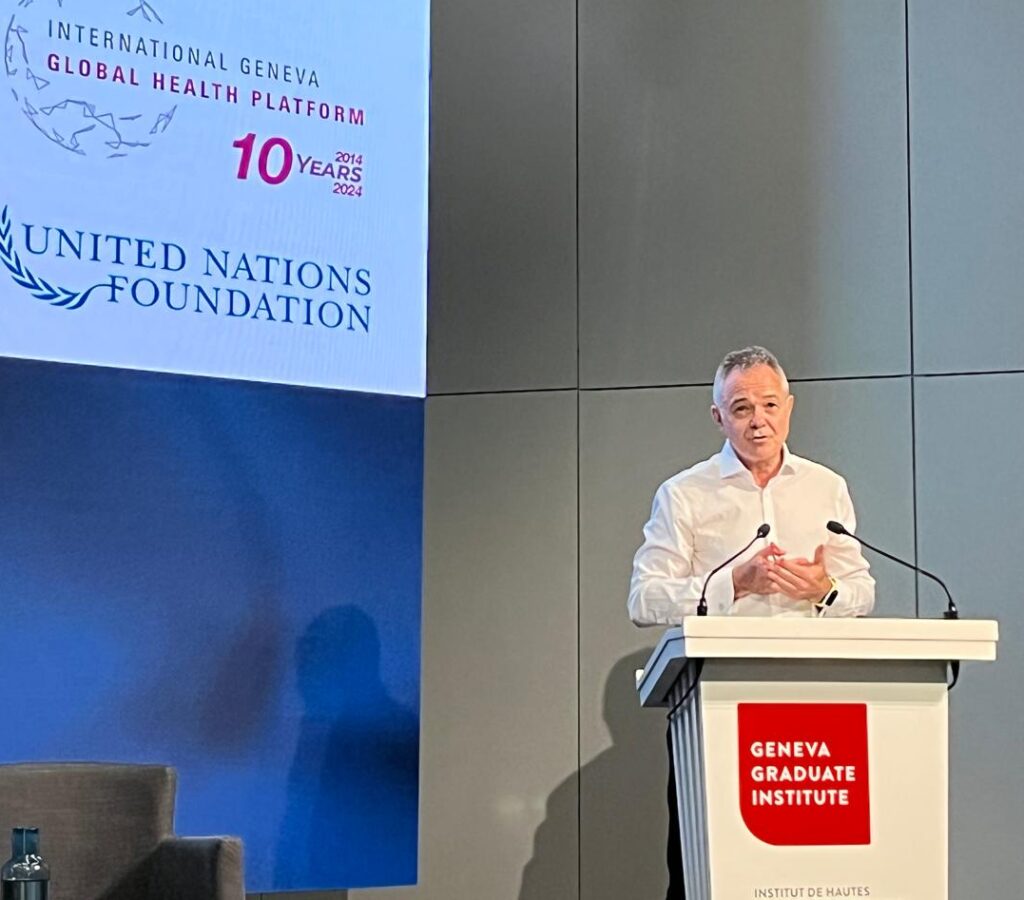 WHO will emerge in 2026 smaller but better: Chief Scientist Jeremy Farrar.
WHO will emerge in 2026 smaller but better: Chief Scientist Jeremy Farrar.Consolidating WHO’s divisions from 10 to just four programme streams could help eliminate duplication and competition between teams – allowing for a less vertical and more “horizontal” organization, Farrar argued.
And while the corporate pain may be enormous, he urged people to remember that the pain to low-income communities worldwide from abrupt cuts in funding for HIV drugs and testing, not to mention other vital health assistance programmes, has been far greater.
“We shouldn’t just focus in a complacent way on how this is affecting those of us in WHO or in other UN agencies…. The impact of the country level is very profound. It will be more challenging than people think, and it will be more long term,” Farrar said.
“If you think 20%-25% of colleagues lose their jobs, that’s extraordinarily difficult for any organization. It will be a human issue, not a technical issue, and we should never forget the human side of it. But we will emerge, I believe, in 2026 smaller, more focused, back to our core mandate, and I believe, better.”
Emerging economies need to contribute more to WHO
 From left to right: Germany’s Björn Kümmel; Global Health Center founder: Ilona Kickbusch; Thailand’s Suwit Wibulpolprasert and UN Foundation’s Cecilia Mundaca Shah.
From left to right: Germany’s Björn Kümmel; Global Health Center founder: Ilona Kickbusch; Thailand’s Suwit Wibulpolprasert and UN Foundation’s Cecilia Mundaca Shah.Against the dark budget horizon, there is one bright spot. Hopefully this year’s WHA will see WHO member states will agree to raise their own assessed annual contributions by 20% – for yet a second time over the past two budget cycles.
But a positive WHA decision shouldn’t be taken as a given, warned Germany’s Björn Kümmel. The senior global health advisor in the German Health Ministry has been the leader of an longstanding initiative to raise member state fees, and thus put WHO on a more stable financial footing. The negotiations finally led to a 2022 WHA agreement in principle to increase assessed contributions in a step-wise manner over a period of years, to a level equalling about 50% of WHO’s budget by 2030. But the plan has to be reaffirmed at each new rung in the ladder.
“We are keeping our fingers crossed that we will have a consensus on this in the Assembly,” he said, of the pending increase. “But it’s not a given that it will happen,” he warned.
“I think obviously the African countries, the European countries and many Asian countries are in favor, but there are also other countries who remain very quiet and who naturally do not want or have challenges in their domestic settings to argue in favor of a 20% AC [assessed contributions] increase.”
“I think there’s still work to do, even during this assembly, to lobby,” he said, warning that if the increase is not approved, “WHO will be even in a deeper financial crisis.”
WHO’s faltering investment round
 Brazil’s President Lula da Silva with WHO Director General Dr Tedros Adhanom Ghebreyesus at a WHO “Investment Round” pledging session on the margins of the G20 in Rio in November 2024. Neither Brazil nor other countries in the Americas have yet made pledges.
Brazil’s President Lula da Silva with WHO Director General Dr Tedros Adhanom Ghebreyesus at a WHO “Investment Round” pledging session on the margins of the G20 in Rio in November 2024. Neither Brazil nor other countries in the Americas have yet made pledges.Along with that, member states in other middle and even high income regions need to step up to the bat with more voluntary donations to WHO’s new “investment round” mechanism, Kümmel said, noting that since the US departure, roughly 80-90% of voluntary funds for WHO is coming from Europe alone.
“So we have a complete imbalance between the membership of this organization and the financial contributions, and that will not be sustainable for the future,” he said.
“Emerging economies, they need to come in. It’s completely unsustainable if a number of five, six, seven member states pays for us all,” Kümmel warned.
“Plus, there is one, one region that doesn’t contribute at all to the financing of WHO, at least through the investment round. And we need to say, why is that? How can we incentivize that region to do so, I don’t know.”
According to the WHO list the only region to have not so far made voluntary funding commitments is the Americas. Along with the USA, that region includes other high income countries like Uruguay and Canada, as well as upper middle income Chile, Mexico and Brazil. Brazil even hosted a WHO funding event on the margins of November’s G20 Summit, in Rio but made no pledges itself.
At the same time, WHO’s Regional Office of the Americas/Pan American Health Organization (PAHO), is almost wholly funded by member states in Latin America and North America. And PAHO is reportedly facing its own funding challenges – even if the US has not technically withdrawn from the continental body, which it helped found over a century ago.
Pandemic treaty – still a way to go even once its approved by WHA
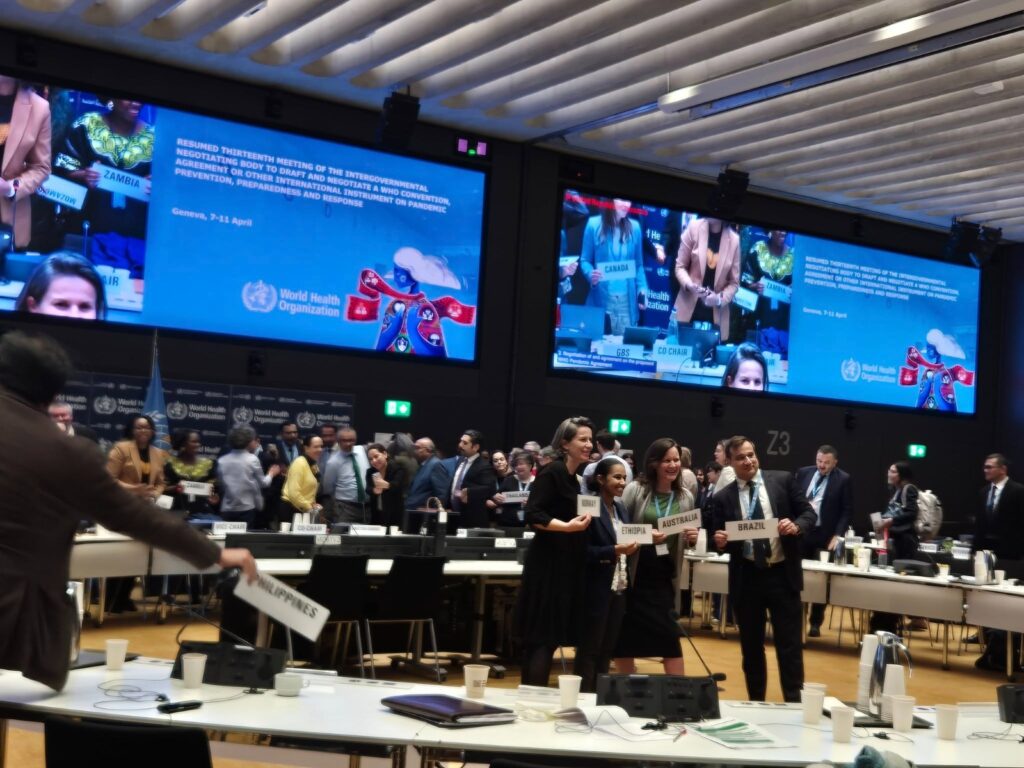 Jubilant and exhausted WHO member state negotiators on 13 April, after marathon talks finally result in a draft pandemic agreement to submit to WHA.
Jubilant and exhausted WHO member state negotiators on 13 April, after marathon talks finally result in a draft pandemic agreement to submit to WHA.As for the Pandemic Treaty, WHA approval of the instrument this week will not be the final stop. Another round of negotiations on an annex that would create a clear mechanism for pathogen and benefit-sharing (PABS) will be required , before it can actually be ratified by member states, Burci explained. Such a formula has been difficult to devise, due to the complex set of interests at stake. Developed countries have been concerned with ensuring free access to pathogen samples and their DNA to accelerate pharma development of medical products that would be urgently needed in a pandemic. Developing nations want an assured supply of “benefits” in terms of medicines and vaccines, which were often scarce during the COVID pandemic. And at the same time, fixed formulas for “benefit sharing” are also challenging to devise, given the variables that can emerge during a pandemic in terms of medicine and vaccine needs.
“While we will adopt the agreement, we will not open it for signature right away,” Burci said. “Why? Negotiators could not reach agreement on the details of the [PABS] arrangement in time for the WHA. That will be negotiated after the adoption of the main text of the Pandemic Agreement.
“Once the annex is adopted, the agreement will be unfrozen and open for signature, together with the annex. So it’s quite an unusual process, but it was the only way to have this political package come together.”
Big achievements despite all
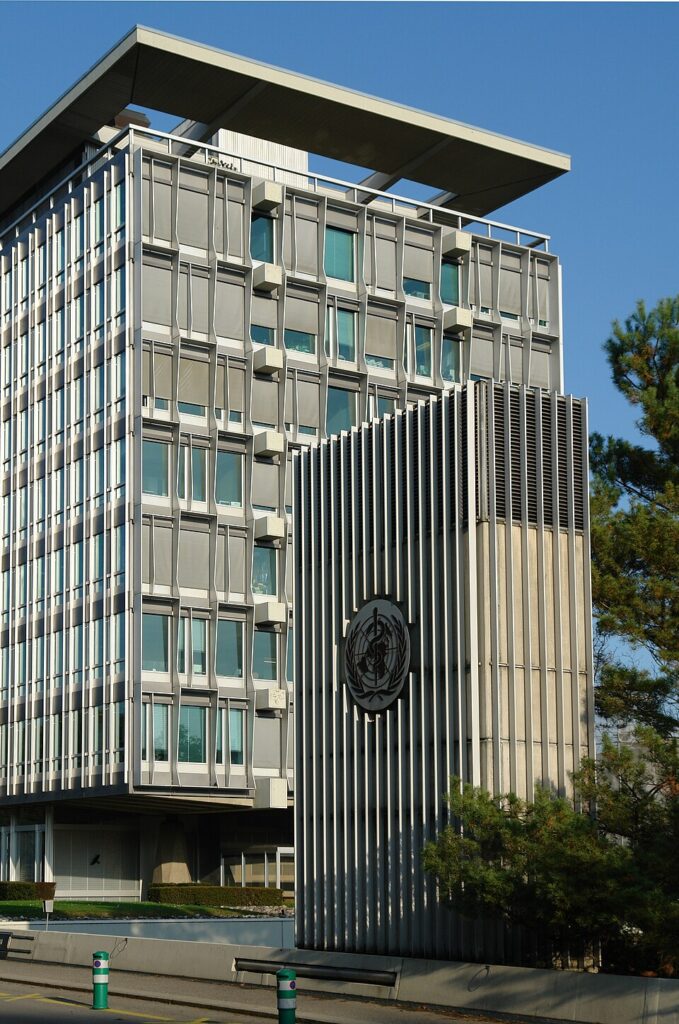 WHO’s Geneva Headquarters
WHO’s Geneva HeadquartersWith all of the caveats that still involved, “I think it is important just to reflect that.. at a time of fragmentation and geopolitical tensions, the fact that 193/4 countries have come together to, in theory, approve a pandemic accord is a remarkable achievement,” added Farrar.
That, together with an agreement on raising member state levels of assessed contributions would spell success, he said, for this year’s WHA.
“Those two things together really have to give you a sense that [speculation over] the death of multilateralism is actually grossly exaggerated,” observed Farrar.
“And you have to hold on to that optimism and hope, because otherwise it’s difficult to see anything other than a slightly nihilistic future.
“And if you give in to nihilism and pessimism, then the arguments for a better world are lost. So no matter how hard it is, …and what the impact the current disruption is having, you have to come through that. Because otherwise you will not, at least, I personally cannot, be creative in terms of thinking of how to address future challenges.”
Image Credits: ©The Rudin Group , Health Policy Watch , Twitter, WHO , Thiru Balasubramaniam, Wikipedia .
Combat the infodemic in health information and support health policy reporting from the global South. Our growing network of journalists in Africa, Asia, Geneva and New York connect the dots between regional realities and the big global debates, with evidence-based, open access news and analysis. To make a personal or organisational contribution click here on PayPal.







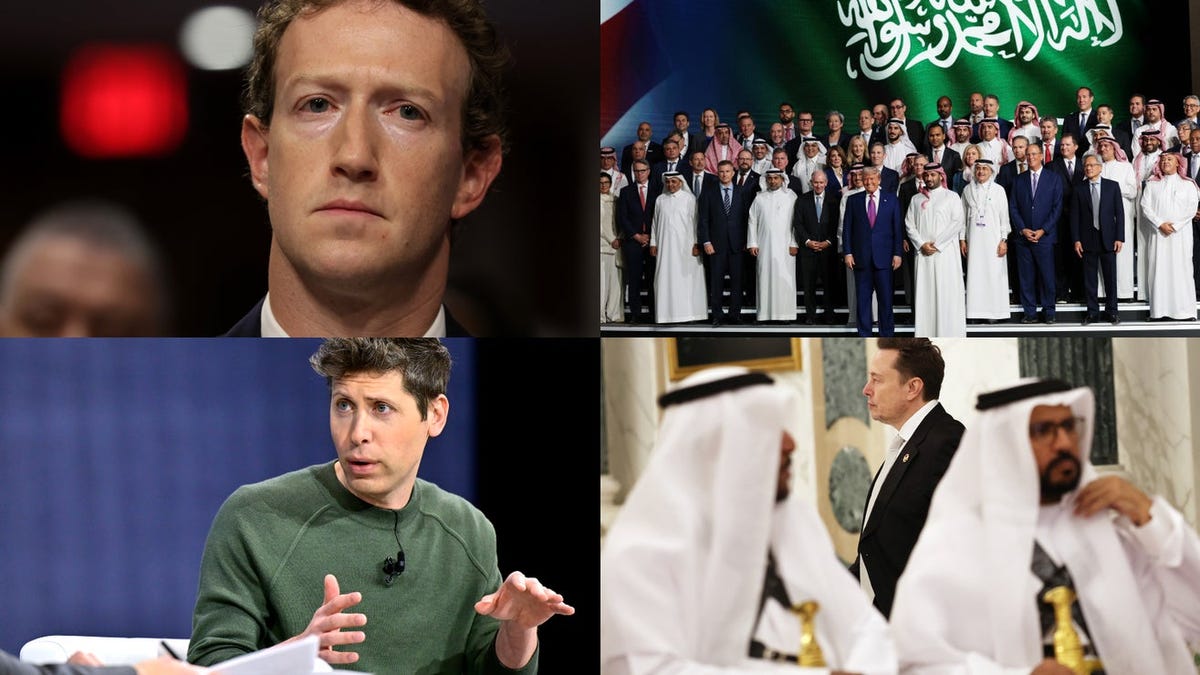
 English (US) ·
English (US) ·